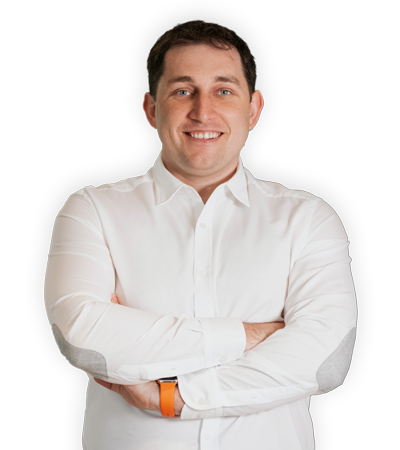Cloud-Based Telematics Platform

Background
How to develop and maintain a platform which has been created for over 15 years and is now based on a number of outdated technologies? We proved that it is possible to handle even the most challenging and comprehensive projects, moreover, while working fully remotely and in a hybrid team. Let’s see how our solutions supported our British partner, and what was the results of the first 6 months of the cooperation.
About Client
The client, an automotive insurance company based in the UK, reached out to us thanks to a recommendation from one of our partners.
The core of their business was offering insurance for car fleets and individual drivers. In order to provide the desired quality of customer service, they needed to improve their online platform.
This is why they needed a provider fluent in their major technologies, such as .NET and React, and capable of handling comprehensive projects. We were recommended to them as a reliable, long-term partner who could take ownership of the entire solution.
Project challenges
The project turned out to be challenging in many dimensions. The primary goal was to extend and maintain the existing platform. The client needed to implement a set of new functionalities (critical from the business perspective), including data processing and customer-facing functionalities.
However, the project involved also a number of organizational changes. The client wanted to improve their planning, prediction, and delivery & release cycle. They also planned to start using Scrum frameworks and Agile methodologies to improve creating roadmaps and teamwork.
The Client was aware that their existing solution was unstable, and that onboarding would require a lot of resources and effort. The platform was a legacy software that has been developed by different providers, based on a number of outdated and non-efficient technologies, and evolved into a complicated form difficult to maintain and extend. Its further development required accumulating a lot of knowledge and having a deep understanding of how the solution actually works.
During the presales process, it turned out that the documentation of the platform was incomplete, and that talking to the Product Owner was the only source of information. Once we figured out the all needs and dependencies, we proceeded with building the dedicated team. We decided that the Product Owner should remain at the client’s side, as they had business knowledge that would require months or years to acquire by us. On our side, we built a project team containing roles: .NET developers, a Tech lead, and a QA. Building such a hybrid team was the best way to achieve the project’s goals. Good to mention that we kicked off with the project right in the middle of the COVID-19 pandemic, so the cooperation was conducted fully remotely without any negative impact on timing or quality.
Solutions and technologies
Although the client hired us to implement a specific set of functionalities, we still presented our critical and proactive approach.
We smoothly entered the client’s organization and learned customer-oriented processes and culture that later led us to propose necessary improvements. As an example, at the beginning we implemented SCRUM but right after the project became maintenance-oriented, we quickly switched to Kanban. In the maintenance tasks that needed to be handled fast and efficiently, Kanban was definitely a much more suitable solution.
However, we still kept several SCRUM ceremonies and proposed another improvement on how to manage it in a more efficient way since we had PO (the person on the client side). We also suggested an upgrade of the solution to updated technologies and decided to choose refactoring over writing the software from scratch.
This is how the task was completed cheaper and faster. The client appreciated our proactivity and remained open to implementing the recommended solutions.
Technologies applied:
- .NET (.NET Core, .NET 6)
- Azure (SQL Server, Cosmos, Function App, Logic App)
- Web Jobs
- Web Apps
- Service Fabric
- Cloud-native
Results
Within the first month, we finished onboarding and prepared to begin working on further development. We planned the project pipeline and built the dedicated team, and began to see progress.
We implemented the best of SCRUM (daily, plannings, demo, retrospectives, story points) and showed the client how all elements need to work together. This provided the client with insights into the team’s capacity and the value they can deliver per sprint, as well as the future opportunities powered by the knowledge of what can be done and when. The client appreciated our recommendations, and began to shift to a more efficient model by implementing our best practices. As they trusted in our competency, we were able to make progress and achieve both technical and business goals quickly.
Currently, we’re completing the primary enhancements and preparing to proceed with further platform development. As we always see the big picture, together with the client we’re working on a long-term strategy that will ensure easy and smooth maintenance and new functionalities development. We proved that we are capable of working on complex solutions, even in a hybrid team working remotely.
As a result, the client told us we delivered more value in 6 months than their previous provider had in 2 years. They gave us 9/10 on the NPS satisfaction score, and they are ready to recommend our services in their community.
Sound like the right fit for you, too?

Rite NRG gives you high-performing, nearshored developers who fit your culture, ready to go as soon as you are.
Talk to us to find out more.
Michał Nikołajuk
Chief Executive Officer
